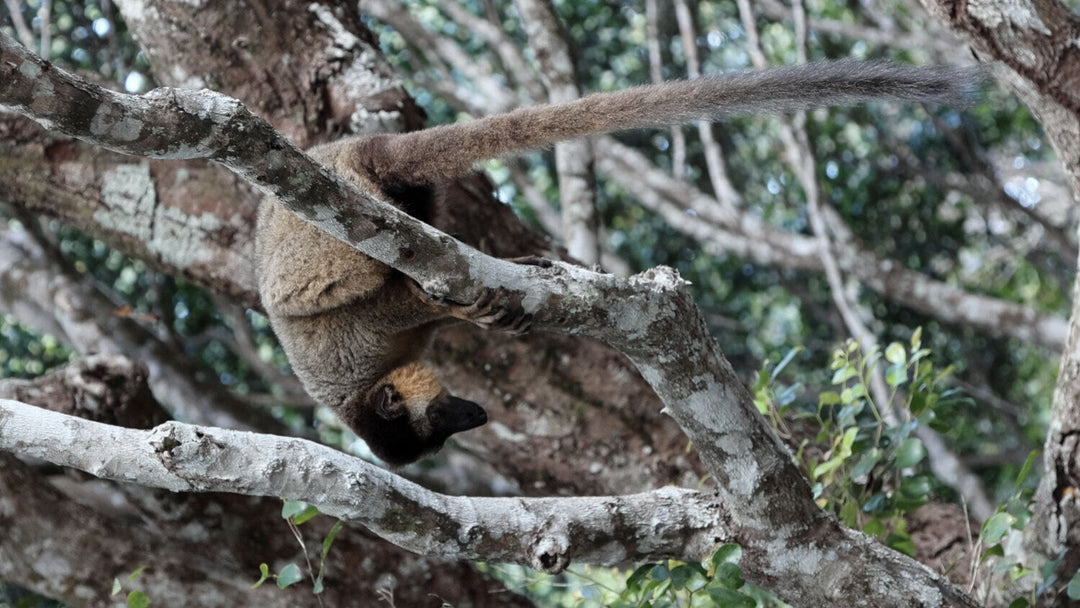Agile and powerful goshawks - Yorkshire Species Spotlight
For the past 5 years we’ve been monitoring wildlife with camera traps on the North York Moors.
During this time we’ve gathered footage of 60 different species, including rare pine martens, stunning birds of prey and magnificent red deer stags. With the help of our volunteers, we’ve created thousands of ecological records. In this video series we share some of our favourite trail camera footage from the North York Moors. This episode is all about goshawks!
The northern goshawk (Accipiter gentilis) is a medium-large raptor known for it’s steely looks and stunningly agile flight. Their distinctive cackling call can most often be heard near to the forests where they nest, with their most vocal time of year being in spring, during their majestic courtship displays. A goshawk’s diet mainly consists of birds, with wood pigeons and corvid species being common prey items in the UK.
There’s currently an estimated 280-430 breeding pairs of goshawks in the UK. Goshawks are not a common sight on our 50 camera traps on the North York Moors. Over a 3-year period we gathered 14,600 wildlife records spanning 60 species: just 17 of these records were goshawks. Historically, goshawks suffered intense persecution in the UK. Although they have recovered in some areas, they are sadly still persecuted to this day despite legal protections.
What's the difference between a goshawk and a sparrowhawk?
The sparrowhawk can be a common confusion species when identifying goshawks. Both species have similar colouration, chest markings and a cackling call, so it can be difficult to tell them apart. A key difference is that the goshawk is the burlier version of the two. Females are bigger than males with both species, however, female goshawks reach a similar size to the common buzzard, compared to the female sparrowhawk that is about 50% smaller and closer to the size of a kestrel. The confusion often lies between male goshawks and female sparrowhawks, as they can be similar in size. However, when you see both species side by side in the same location, the differences really start to stand out as you'll see in the video below.
All footage in this blog was captured using Browning Recon Force Advantage wildlife cameras. This model has now been superseded by the Browning Recon Force Elite HP5.


